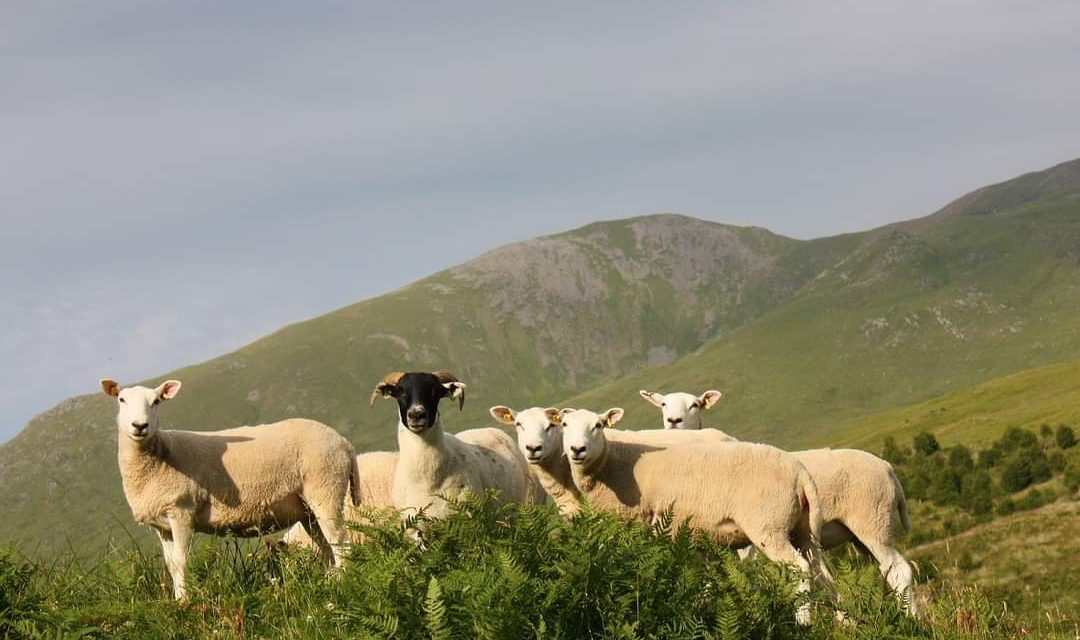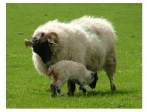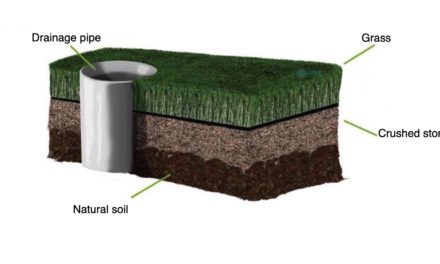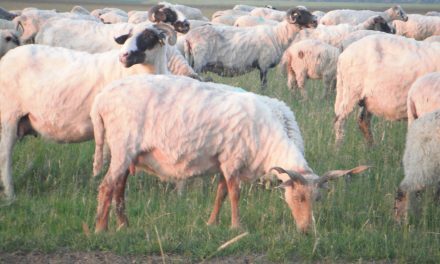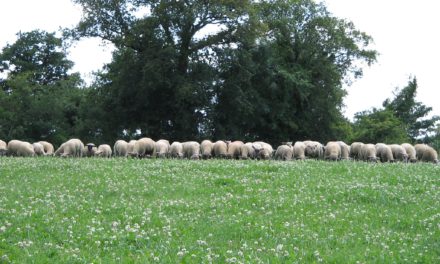This post is also available in:
![]()
![]()
![]()
![]()
![]()
![]()
Best practice guidelines for biosecurity and iceberg diseases
Solution name: Best practice guidelines for biosecurity and iceberg diseases
Aim: To outline current best practice to reduce the risks of introducing MV, Johnes, CLA, OPA and Border disease to flocks.
Description
Guidelines (factsheets & videos) on biosecurity measures to reduce the risk of introducing iceberg diseases to flocks.
How to implement:
- Before putting specific biosecurity measures in place, it is important to be aware of whether any of these diseases are already present in a flock. Develop a biosecurity plan for the flock and assess where the greatest risks of disease introduction are e.g. added animals, farm boundaries, visitors/vehicles.
- Keep purchased stock to a minimum.
- Source stock from accredited (MV and Johnes disease) or monitored flocks (MV and Johnes disease) where possible.
- Quarantine and blood test added animals (MV, Johnes, CLA, Border disease). Vendors could be encouraged to carry out testing pre-sale.
- Consider ultrasound scanning of lungs for OPA.
- Investigate any problems with ill thrift or deaths in added animals.
Links to fact sheets and videos
https://www.fas.scot/livestock/sheep/sheep-health/iceberg-diseases-in-sheep/
Sheep and Goat Health Scheme Monitoring Scheme for MV and Johnes – https://ww1.sruc.ac.uk/media/0yobgm4d/monitoring_scheme_rules_18_08_2020__1_-1.pdf
AHDB iceberg disease manual – https://projectblue.blob.core.windows.net/media/Default/Beef%20&%20Lamb/IcebergDiseases2225_190107_WEB.pdf
MV accreditation scheme – https://ww1.sruc.ac.uk/media/yopjma4t/mv_and_cae_accreditation_scheme_rules_and_conditions.pdf
Johnes accreditation scheme –https://ww1.sruc.ac.uk/media/rx3bhhdk/sghs_johnes_programme_rules.pdf
Information about scanning lungs for OPA – https://www.nadis.org.uk/disease-a-z/sheep/ovine-pulmonary-adenocarcinoma-opa/
Topic: Management
Production: Dairy / Meat
Animal Category: All
Issue: Biosecurity management- Biosecurity in relation to iceberg diseases needs addressing as there is a lack of practical advice at present.
Level of Solution: Knowledge, Practical
Country: UK
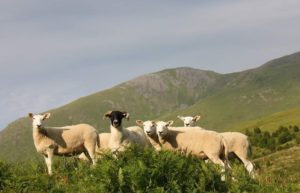
Expected benefits
Expected benefits:
- Keeping iceberg diseases out will avoid production losses and maintain welfare and longevity of breeding stock. Absence of disease in homebred replacements.
- Absence of disease in stock for sale. High health status may add value.
Prerequisites and/or limits:
- Quarantine facilities must be available.
- Effective boundary biosecurity is important.
- Due to costs it may be necessary to decide which disease(s) are priority and focus on these.
- Absence of a diagnostic blood test for OPA.
- Ultrasound scanning of lungs does not a guarantee of freedom from OPA.
- Test sensitivity and specificity lower than ideal due to the nature of the diseases e.g. CLA and Johnes.
- Cost of the testing in relation to the value of the animal.
Cost Benefit analysis
The impact of iceberg diseases within a flock varies hugely. The economic benefits of employing biosecurity measures will depend on multiple factors including: flock prevalence, which iceberg diseases are involved, the type of sheep farm, the ability of the farm to quarantine and test stock, and the costs of screening for disease.
It is not possible to screen incoming animals for some iceberg disease with adequate sensitivity and specificity to completely eliminate the possibility of purchasing in diseased stock. Not purchasing in added animals would be a better solution but is not suitable for all farms.
Sustainability analysis
This solution improves feed efficiency per ewe, as Johnes disease will impact nutrient absorption in the gut. Less supplementary feed may also need to be given as ewes will retain body condition score better.

